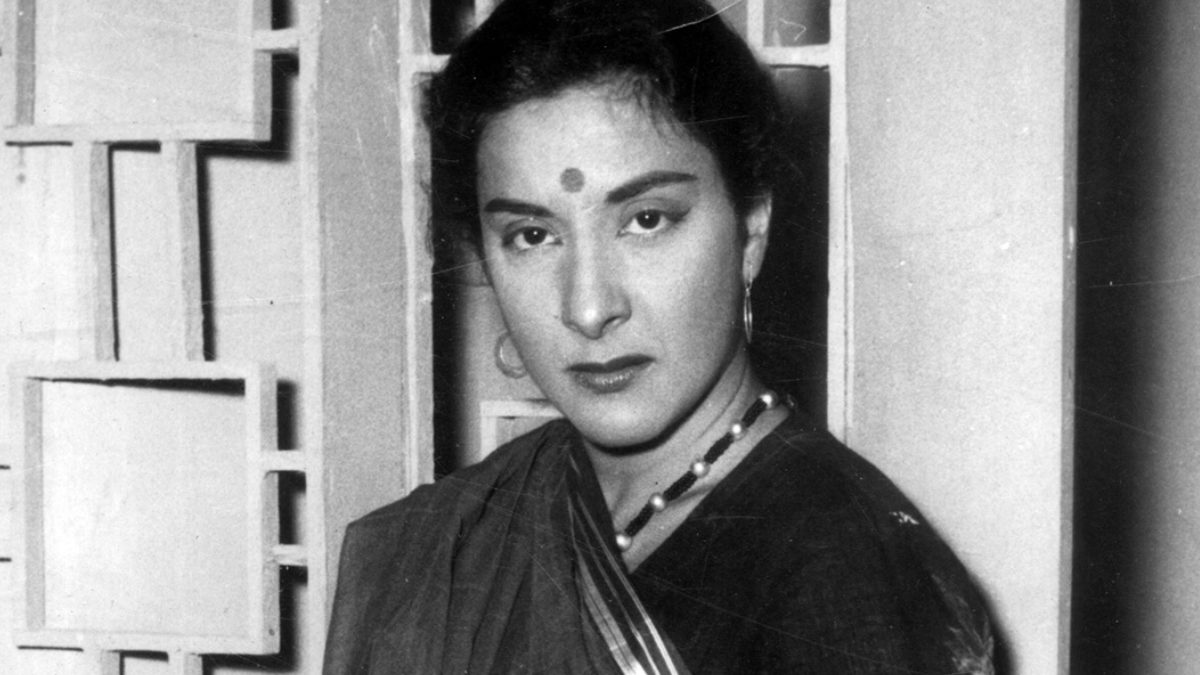When India celebrated its 65th Republic Day, film lovers applauded as Kamal Haasan, Vidya Balan, and Paresh Rawal were conferred with the Padma Shri — one of the nation’s highest civilian honours. Yet, long before these celebrated names, it was Nargis, the luminous star of Indian cinema and mother of Sanjay Dutt, who had first earned this distinction.
Instituted in 1954, the Padma Awards recognized excellence across diverse fields. Four years later, in 1958, Nargis became the first actor from the Indian film industry to receive the Padma Shri. The honour was not just for her stellar career in cinema but for her deeply moving portrayal in Mehboob Khan’s Mother India (1957) — a performance that transcended screen boundaries and entered the national consciousness as a symbol of sacrifice, motherhood, and resilience.
In Mother India, Nargis played Radha — a woman who endures poverty, betrayal, and unimaginable hardship, and ultimately kills her own son to uphold her family’s honour and her village’s dignity. The role stretched from the innocence of a young bride to the moral strength of an aged mother. With unmatched conviction, Nargis brought to life the spirit of the Indian woman — nurturing, selfless, and unwavering in the face of adversity.
Those who worked with her often recall her discipline and emotional intensity. Nargis would arrive at Mehboob Studios hours before her schedule, ready with makeup and completely immersed in her character. The demanding scene where Radha, covered in mud, searches for food for her starving children and later pleads before the lecherous Sukhilala took nearly seven days to film. According to her co-star and future husband Sunil Dutt, Nargis endured hours of preparation to achieve the right look, spending as long as three to four hours just to get caked in mud — and an equal time cleaning up. Yet she never once complained or rushed the process. Instead, she insisted on retakes to achieve the emotional perfection she sought. The result was nothing short of extraordinary.
Her performance in Mother India earned her not only the Filmfare Award for Best Actress but also the Karlovy Vary International Film Festival Award — the first such international honour for an Indian actress. And when she received the Padma Shri in 1958, it was not just a personal triumph but a proud moment for Indian cinema itself, affirming that film could stand shoulder to shoulder with art, literature, and national achievement.
More than six decades later, Nargis remains an enduring figure — not merely as a star, but as an artist whose craft reflected integrity, depth, and purpose. Her Padma Shri was not just an award; it was a recognition of the soul of Indian cinema, embodied through a woman who lived her art with complete devotion.

